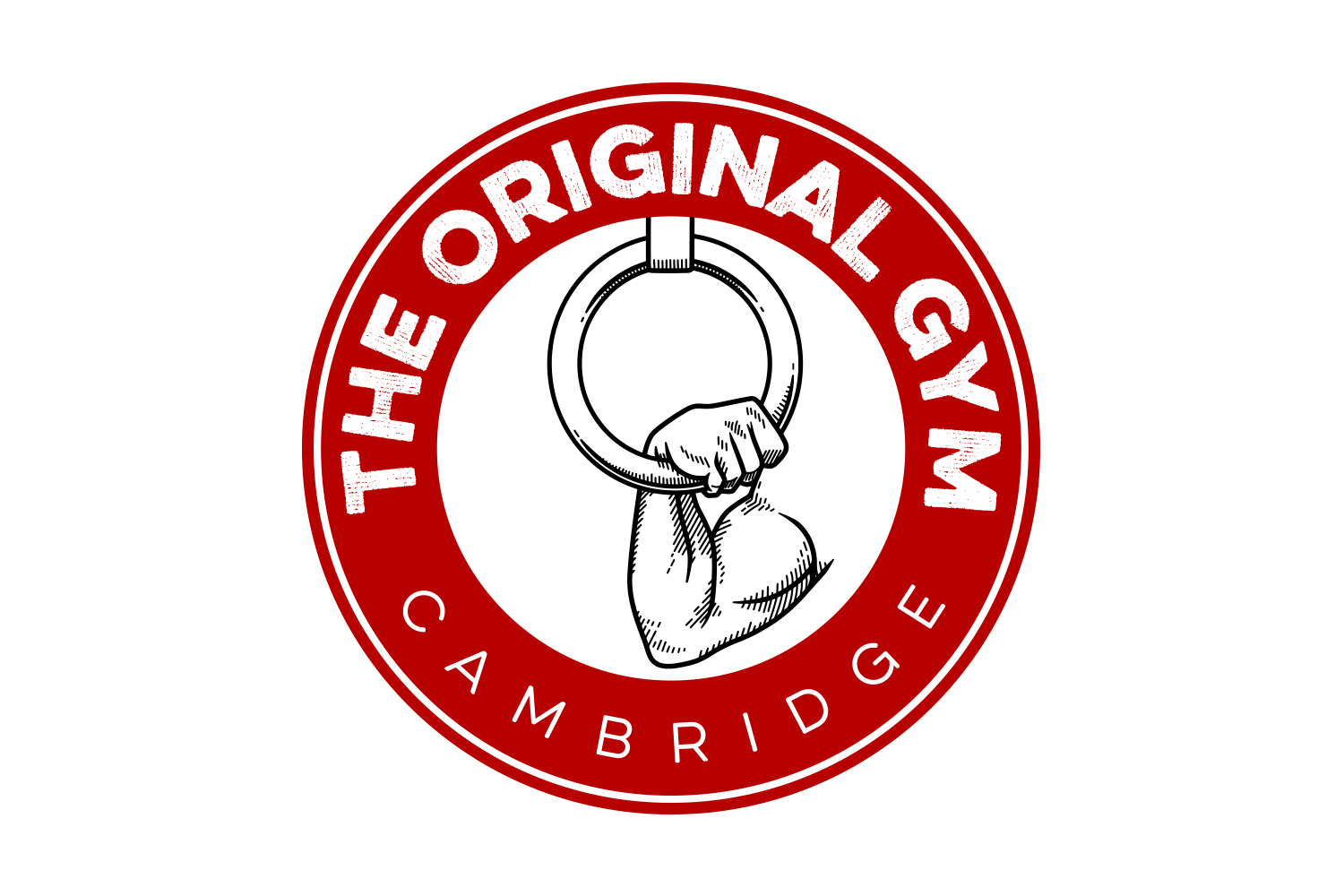Lesson 4: Hip Flexors
The hip flexors act to... flex the hip! This means bringing the thigh towards the body - as in lifting a leg.
If the hip flexors are habitually shortened, then in standing they would act to pull the front of the pelvis forwards, into a so-called "anterior pelvic tilt". This results in the inability to create effective intra-abdominal pressure to stabilize the spine "from the inside out", and, means that the muscles of the low back have to work harder to keep upright.
Therefore, increasing the range of motion of the hip flexors allows for better stability of the trunk. This becomes especially important in any athletic endeavour.
1. The "Thomas" Test or Hip Flexor Stretch
- By lying with our back flat on a bench, it is easier to maintain a fixed spinal position, and correctly stretch into hip extension.
- This can be used as a stretch by lying in this position for say 3 all the way up to 10 minutes, or ankle weights or manual resistance (someone pushing on your knee), can be used as more of a dynamic mobility exercise.
2. "Leg Lowering Off the Bench"
- Using the DNS 3-month supine or "dead bug" position - lowering the leg off the end of a bench allows us to move into hip extension while maintaining spinal position and intra-abdominal pressure. This is very challenging, but extremely beneficial exercise!
3. "Front Foot Elevated Split Squat"
- If we rotate this stretch through 90 degrees to standing, it is a lunge, with the front foot elevated on a step!
- Sequence is (1) raise up on toes (2) soften back knee (3) check pelvis position (4) Pressurize (5) Lunge!
